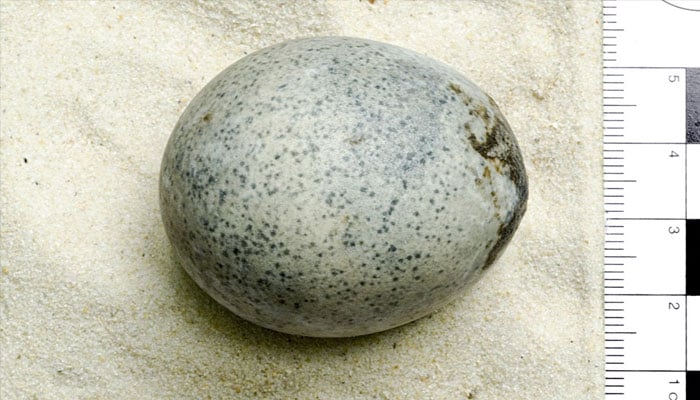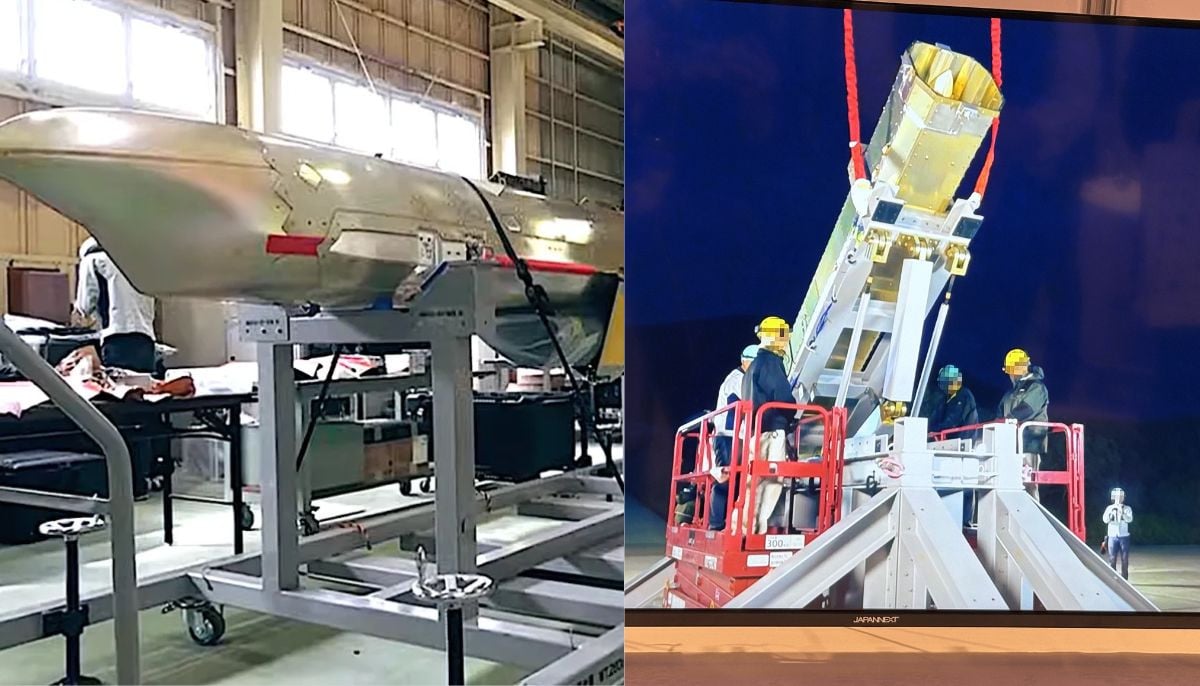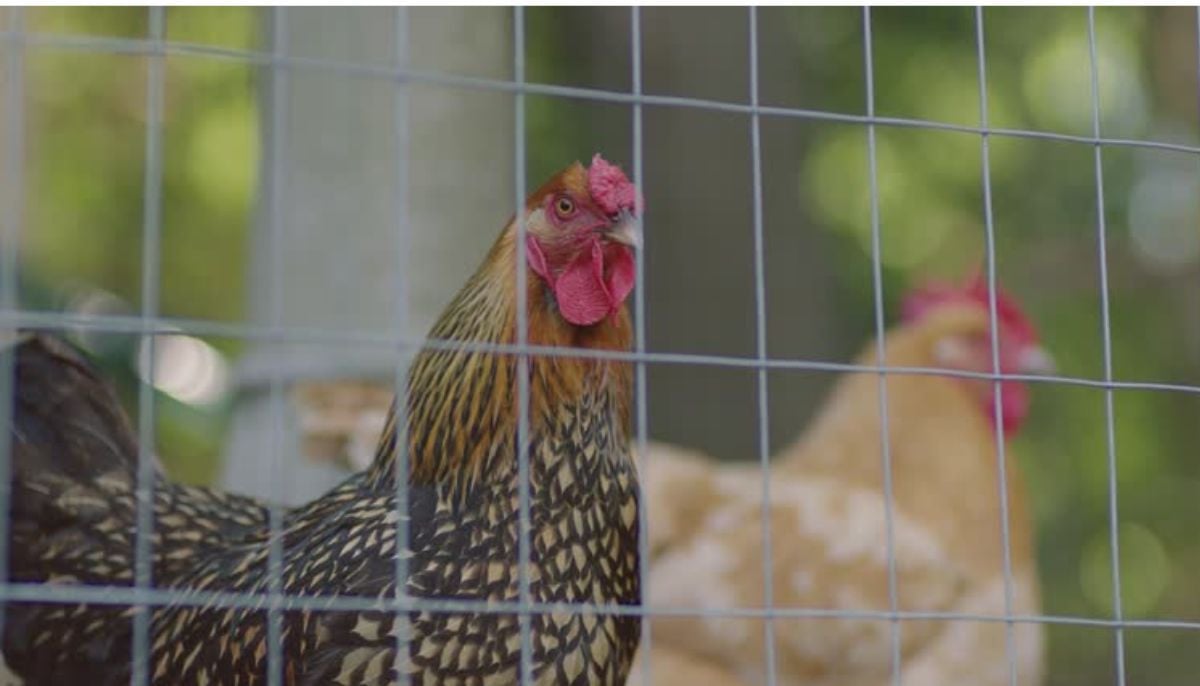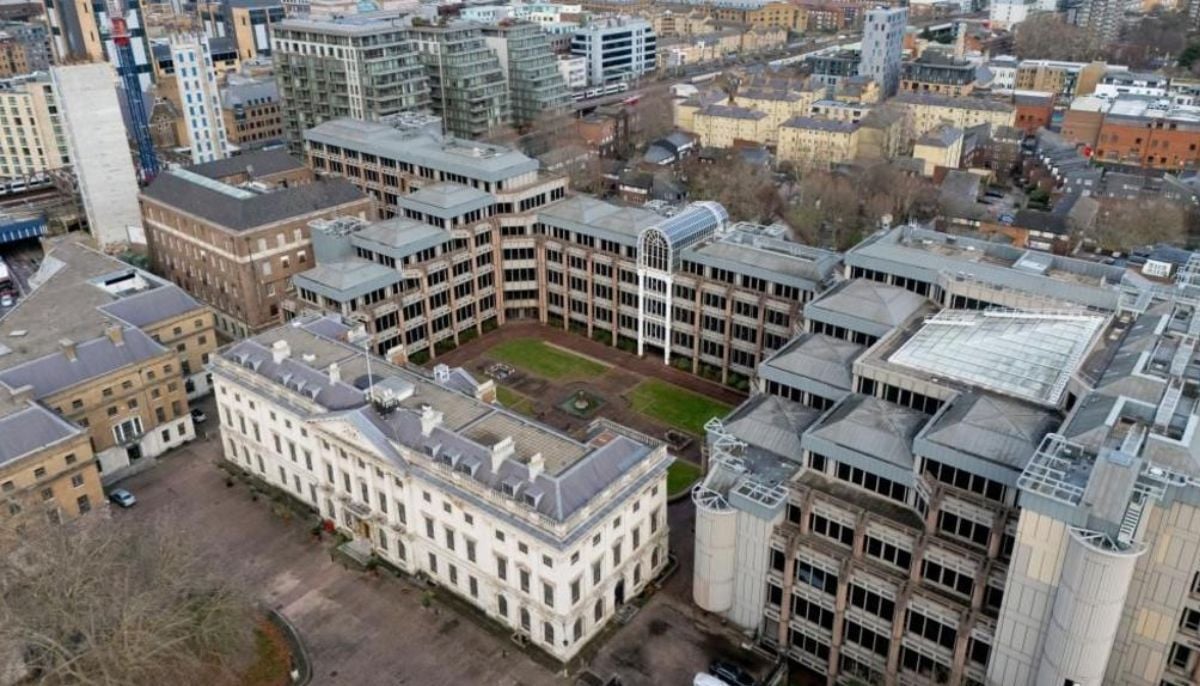Roman egg unearthed in Aylesbury still holds liquid contents after 1,700 years
"Aylesbury egg" was part of a collection unearthed in 2010 during preliminary site exploration
In a remarkable discovery during a Buckinghamshire excavation, archaeologists stumbled upon a cache of 1,700-year-old speckled chicken eggs in a Roman pit, The Guardian reported.
Astonishingly, one intact egg, known as the "Aylesbury egg," has retained liquid – believed to be a mix of yolk and albumen. This unique find may unveil secrets about the bird that laid it nearly two millennia ago.
The "Aylesbury egg" was part of a collection comprising four eggs, a woven basket, pottery vessels, leather shoes, and animal bone, unearthed in 2010 during preliminary site exploration for a major development. Despite the fragility of the ancient eggs, diligent extraction efforts preserved one intact specimen, making it a rare discovery from the period.
Edward Biddulph, senior project manager at Oxford Archaeology overseeing the excavation, expressed their surprise at finding the only intact egg from the era in Britain, stating, "We do often find pieces of shells but not intact eggs."
Last year, discussing displaying the egg led to scanning it for preservation guidance. To everyone's amazement, the scan revealed that the egg still contained its liquid components, yolk, and albumen, which appeared to have mixed over time.
Biddulph speculated on the egg's purpose, suggesting it may have been placed in a pit/well near a Roman road as a votive offering, possibly accompanied by a basket containing bread.
Currently housed at the Natural History Museum in London, the egg poses a conservation challenge due to its fragility. The senior curator, Douglas Russell, plans to carefully extract the contents through a tiny hole to learn more about the bird and the circumstances of the egg's preservation.
Dana Goodburn-Brown, an archaeological conservator and materials scientist, emphasised the significance of this find in her 40-year career, dubbing it "one of the coolest and most challenging archaeological finds to investigate and conserve."
-
Missouri couple ‘locked sons in chicken pen, shot them’ in shocking abuse case
-
Chinese ‘mega embassy’ wins UK approval in London ahead of Starmer’s China visit
-
From Chagos Islands to Greenland Trump flags national security risks: Here’s why
-
Church under investigation after anti-ICE protest interrupts worship
-
'I don't care': Trump shrugs off Nobel Prize talk as Greenland tensions escalate
-
Alarming: Rising shark attacks force Australia to close beaches
-
Three-year-old allegedly tortured, killed during exorcism in California church
-
Drunk driver tries to snatch San Diego deputy’s gun during chase












